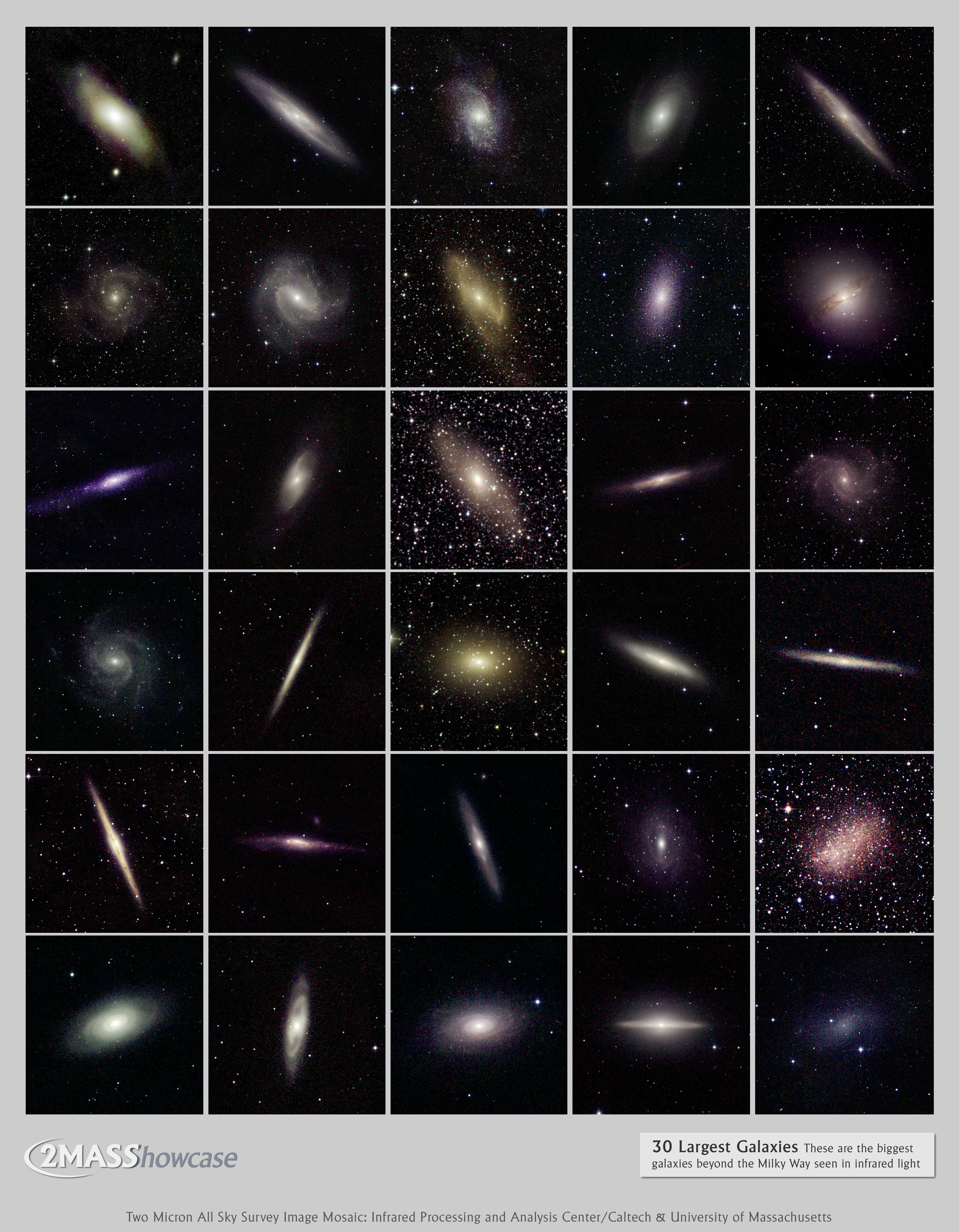Please login in order to download photos in full size
If you are not registered, please register for free: www.Free-Photos.biz/register
Please note to download premium images you also need to join as a free member..
You can also save the photos without the registration - but only in small and average sizes, and some of them will have the site's watermark. Please simply click your right mouse button and save the image.
Please login in order to like photos
If you are not registered, please register for free:
Sorry, non-members can download up to 1100 full-size photos per month.
It looks like you have used up your limit.
Free members can download an unlimited number of full-size photos - including the premium free photos.
Join as a member today for FREE! - and download the images without limitations:
www.Free-Photos.biz/membership.php
You can also save the images without the membership - but only in small and average sizes, and some of them may have the site's watermark. Please simply click your right mouse button and save the image.

|
This is a premium free photo
This photo was viewed 3 times and was downloaded in full size 2 times.
This photo was liked 0 times
If you are a member, please login in order to see the source link of the above image.
Summary
| Description |
English: The Two Micron All Sky Survey provides our first global look at galaxies in infrared light. This image presents the 30 largest galaxies seen in the infrared sky.
It is important to note that this list will not exactly match the list of the 30 largest galaxies as measured in visible light. One key reason is that the millions of stars whose combined light form the nebulous shape of a galaxy are brighter in the visible part of the spectrum. Galaxies that appear faint in visible light may appear much smaller in the infrared, or indeed may not be detected at all by 2MASS. However, infrared light provides a valuable insight into the structures of galaxies. Dust clouds that can extend through galaxies can hide millions of stars from sight at visible wavelengths. In the infrared, however, they become more and more transparent allowing us to see the actual distribution of stars more clearly. Also, in large galaxies, the visible light can be strongly dominated by a relative handful of the most massive stars. For instance, a star that is only five times the mass of the sun can put out about 1000 times as much light. In the infrared this effect is greatly reduced and the observed light is a better tracer of the distribution of star mass. An interesting feature of this catalog of largest galaxies is that so many of them are edge-on. This is a result of the faintness of galaxies at these wavelengths. Since spiral galaxies are pancake-shaped, only the very brightest can be seen when viewed face-on because they are so thin. However, when seen from the edge, the increased thickness makes even fainter galaxies more visible. Therefore, edge-on galaxies are more likely to be detected and will tend to appear larger. |
| Date | |
| Source | https://www.ipac.caltech.edu/2mass/gallery/showcase/30galaxies/index.html |
| Author | 2MASS/T. Jarrett |
Copyright notice: https://www.ipac.caltech.edu/2mass/gallery/showcase/copyright.html
Licensing
| This file is in the public domain because it was solely created by NASA. NASA copyright policy states that "NASA material is not protected by copyright unless noted". (See Template:PD-USGov, NASA copyright policy page or JPL Image Use Policy.)
|
|
 |
Warnings:
|
Public Domain
| EXIF data: | |
| File name | 30_largest_infrared_galaxies.jpg |
|---|---|
| Size, Mbytes | 2.816244140625 |
| Mime type | image/jpeg |
| Orientation of image | 1 |
| Image resolution in width direction | 216 |
| Image resolution in height direction | 216 |
| Unit of X and Y resolution | 2 |
| Color space information | 65535 |
| Exif image width | 3580 |
| Exif image length | 4600 |
| Software used | Adobe Photoshop 7.0 |
While the copyright and licensing information supplied for each photo is believed to be accurate, Free-Photos.biz does not provide any warranty regarding the copyright status or correctness of licensing terms. If you decide to reuse the images from Free-Photos.biz, you should verify the copyright status of each image just as you would when obtaining images from other sources.
The use of depictions of living or deceased persons may be restricted in some jurisdictions by laws regarding personality rights. Such images are exhibited at Free-Photos.biz as works of art that serve higher artistic interests.
PRIVACY POLICY
By registering your account and/or by subscribing to new and newly rated photographs you agree we may send you the links to photos and we may occasionally share other information with you.
We do NOT disclose your personal data.



